High-content confocal imaging solution with water objective options
The ImageXpress® Micro Confocal system is a high-content solution that can switch between widefield and confocal imaging of fixed and live cells. It can capture high quality images of whole organisms, thick tissues, 2D and 3D models, and cellular or intracellular events. The spinning disk confocal and sCMOS camera enable imaging of fast and rare events like cardiac cell beating and stem cell differentiation. With MetaXpress software and flexible options like water immersion objectives to choose from, the system enables many confocal imaging applications from 3D assay development to screening.
Acquire higher quality images
Capture excellent contrast, high resolution images with our proprietary AgileOptix™ spinning disk confocal technology, wide field of view, and bright light source.
Customize image acquisition and analysis
Take ultimate control over acquisition and analysis parameters, which enables many applications from 3D structure analysis to target imaging of specific objects within an organism or cell populations. Run more applications with standard options like water immersion objectives, environmental control, or any of our high-performance customizations.
Analyze more data in less time
MetaXpress® PowerCore™ software accelerates analysis speed in a high-throughput environment. The software distributes image processing jobs to a multi-CPU environment.
AgileOptix™ technology
Our proprietary AgileOptix technology enables the ImageXpress Micro Confocal system to deliver the sensitivity and throughput needed for demanding applications. AgileOptix is the combination of a powerful solid state, light engine, specially designed optics, scientific CMOS sensor, and the ability to change disk geometries.

MetaXpress high-content image aquisition and analysis software

- Meet high throughput requirements with a scalable, streamlined workflow
- Adapt your analysis tools to tackle your toughest problems, including 3D analysis
- Schedule automatic data transfer between third-party hardware sources and secure database
- Set up hundreds of routinely used HCS assays using MetaXpress software modules
Molecular Devices provides flexible options for the ImageXpress Micro Confocal High-Content Imaging System to meet your research needs and to easily capture images from different sample formats, including hanging drops and in round or flat bottom plates, for monitoring cell health kinetics under environmental control, and more. With over 30+ years of imaging expertise, we can help you select the right options to ensure the best images for your assay.
Standard hardware options
Water immersion objectives
20X, 40X, and 60X water immersion objectives improve the geometric accuracy during acquisition and reduce light refraction for brighter intensity at lower exposure times.
Transmitted light tower
Our transmitted light tower enables acquisition of high contrast images for unstained cells which can be easily viewed or separated from background.
Environmental Control
Environmental control maintains temperature and humidity levels while minimizing evaporation for multi-day, live cell, time-lapse imaging.
On-board robotic fluidics
Integrated fluidics automates assay workflows which require compound addition, well washing, and media exchange.
Customization options
Molecular Devices can successfully tailor the ImageXpress Micro Confocal High-Content Imaging System to include customized software and hardware including the features described below, as well as integration of other lab components such as incubators, liquid handlers, and robotics for a fully automated workcell. With over 30 years of experience in the life science industry, you can count on us to deliver quality products and provide worldwide support.
High-Intensity lasers
Expand experiment capabilities with 5- or 7-channel high-intensity lasers.
Real-time dose response
Automatic pipettor enables compound addition while simultaneously live streaming at >100 frames per second.
Deep tissue penetrating confocal disk module
The deep tissue penetrating, confocal disk module reduces crosstalk to improve out-of-focus light suppression and penetrate deeper into tissue.
Turnkey, High-throughput long term kinetics
Lên kế hoạch và chụp nhiều đĩa trong thời gian dài trong khi vẫn duy trì nhiệt độ, O2(Hypoxia), CO2, và điều kiện độ ẩm ổn định. Mở rộng khả năng di chuyển tế bào sống lên hơn 200 đĩa.
Scale up robotic automation
Schedule and image multiple plates over long periods of time while keeping consistent temperature, O2(Hypoxia), CO2, and humidity conditions. Expand live cell walk-away capacity to 200+ plates.
High-intensity Lasers
High output laser excitation can reduce exposure times by up to 75%.† The laser light source is available as either a 5-channel or 7-channel light source with outputs of 400 —1,000 mW/channel. The 7-channel laser light source Includes near IR and is ideal for customers with increased multiplexing requirements.
- Obtain sharper images with higher signal-to-noise
- Generate up to a 2X† boost in scan speed attributed to significantly reduced exposure times
- Run FRET experiments using lasers for CFP and YFP

Deep Tissue Penetrating, Confocal Disk Module
Specialized deep tissue penetrating, confocal disk module, combined with a laser light source, improves light penetrance for deeper tissue penetration, resulting in sharper images with improved resolution when imaging thick tissue samples†.
- Improve suppression of out-of-focus light
- Reduce haze (pinhole crosstalk)
- Penetrate deeper into thick tissue samples for sharper images
3D Cell Imaging and Analysis

Three-dimensional (3D) cell models are physiologically relevant and more closely represent tissue microenvironments, cell-to-cell interactions, and biological processes that occur in vivo. Now you can generate more predictive data by incorporating technologies like the ImageXpress system with the integrated 3D Analysis Module in MetaXpress® software. This single interface will enable you to meet 3D acquisition and analysis challenges without compromise to throughput or data quality, giving you confidence in your discoveries.
COVID-19 and Infectious Disease Research
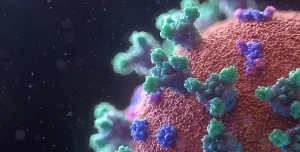
Here we’ve addressed common applications in infectious disease research including cell line development, binding affinity, viral neutralization, viral titer and more with a focused effort on understanding the SARS-CoV-2 virus in order to develop potential therapies for COVID-19 including vaccines, therapeutics and diagnostics.
Cell Counting

Cell counting is fundamental and critical to numerous biological experiments. Assays such as drug compound toxicity, cell proliferation, and inhibition of cell division rely on the assessment of the number or density of cells in a well.
Cell Migration Assays

The movement or migration of cells is often measured in vitro to elucidate the mechanisms of various physiological activities such as wound healing or cancer cell metastasis. Cell migration assays may be conducted in a controlled environment using live cell time lapse imaging. A “wound” in a confluent monolayer of cells growing in a microplate is created, either by manually creating a scratch or by utilizing special microplates that provide a uniform and reproducible cell-free zone. Monitor cell proliferation, wound healing, migration, and spreading using transmitted light or live cell-compatible fluorescence. These medium to high throughput assays may be used to compare the migration between cells treated with either inhibitory or stimulatory compounds.

One common way of culturing cells in three dimensional space is through the use of extracellular matrix-based hydrogels, such as Matrigel. Cells are grown in an extracellular matrix (ECM) to mimic an in vivo environment. Differences between Matrigel and 2D cell cultures can be readily seen by their different cell morphologies, cell polarity, and/or gene expression. Hydrogels can also enable studies on cell migration and 3D structure formation, such as endothelial cell tube formation in angiogenesis studies.
Disease Modeling

Disease model systems range in complexity and scale from simple 2D cell cultures to complex model organisms. While model organisms offer in vivo context, they are often costly and may not represent human biology. On the other hand, while traditional 2D cell culture systems have been used for many years, they have limitations in representing the complex three-dimensional structure and cellular interactions found in living tissues. As a result, 3D cell cultures have emerged as an attractive model system for disease modeling.
Drug Discovery & Development

For every drug that makes it to the finish line, another nine don’t succeed. This alarming failure rate can be traced to reliance on 2D cell cultures that don’t closely mimic complex human biology, often leading to inaccurate predictions of a drug’s potential and extended drug development timelines.
Live cell imaging

Live cell imaging is the study of cellular structure and function in living cells via microscopy. It enables the visualization and quantitation of dynamic cellular processes in real time.
Live cell imaging encompasses a broad range of biological applications, from long-term kinetic assays to fluorescently labeling live cells.
Neurite Outgrowth / Neurite Tracing

Neurons create connections via extensions of their cellular body called processes. This biological phenomenon is referred to as neurite outgrowth. Understanding the signaling mechanisms driving neurite outgrowth provides valuable insight into neurotoxic responses, compound screening, and for interpreting factors influencing neural regeneration. Using the ImageXpress Micro system in combination with MetaXpress Image Analysis Software automated neurite outgrowth imaging and analysis is possible for slide or microplate-based cellular assays.
Oncology – Cancer Research

Cancer researchers need tools that enable them to more easily study the complex and often poorly understood interactions between cancerous cells and their environment, and to identify points of therapeutic intervention. Learn about instrumentation and software that facilitate cancer research using, in many cases, biologically relevant 3D cellular models like spheroids, organoids, and organ-on-a-chip systems that simulate the in vivo environment of a tumor or organ.
Organ-on-a-Chip

Cancer researchers need tools that enable them to more easily study the complex and often poorly understood interactions between cancerous cells and their environment, and to identify points of therapeutic intervention. Learn about instrumentation and software that facilitate cancer research using, in many cases, biologically relevant 3D cellular models like spheroids, organoids, and organ-on-a-chip systems that simulate the in vivo environment of a tumor or organ.
Spheroids

Spheroids are multi-cellular 3D structures that mimic in vivo cell responses and interactions. They can be highly reproducible and to be scaled for high-content screening. Compared with adherent cells grown in 2D monolayers, 3D growth conditions are believed to more closely reflect the natural environment of cancer cells. Acquiring measurements from these larger structures involve acquiring images from different depths (z-planes) within the body of the spheroid and analyzing them in 3D, or collapsing the images into a single 2D stack before analysis.
Stem Cell Research

Pluripotent stem cells can be used for studies in developmental biology or differentiated as a source for organ-specific cells and used for live or fixed cell-based assays on slides or in multi-well plates. The ImageXpress system has utility in all parts of the stem cell researcher’s workflow, from tracking differentiation, to quality control, to measuring functionality of specific cell types.
Toxicology

Toxicology is the study of adverse effects of natural or man-made chemicals on living organism. It is a growing concern in our world today as we are exposed to more and more chemicals, both in our environment and in the products we use.




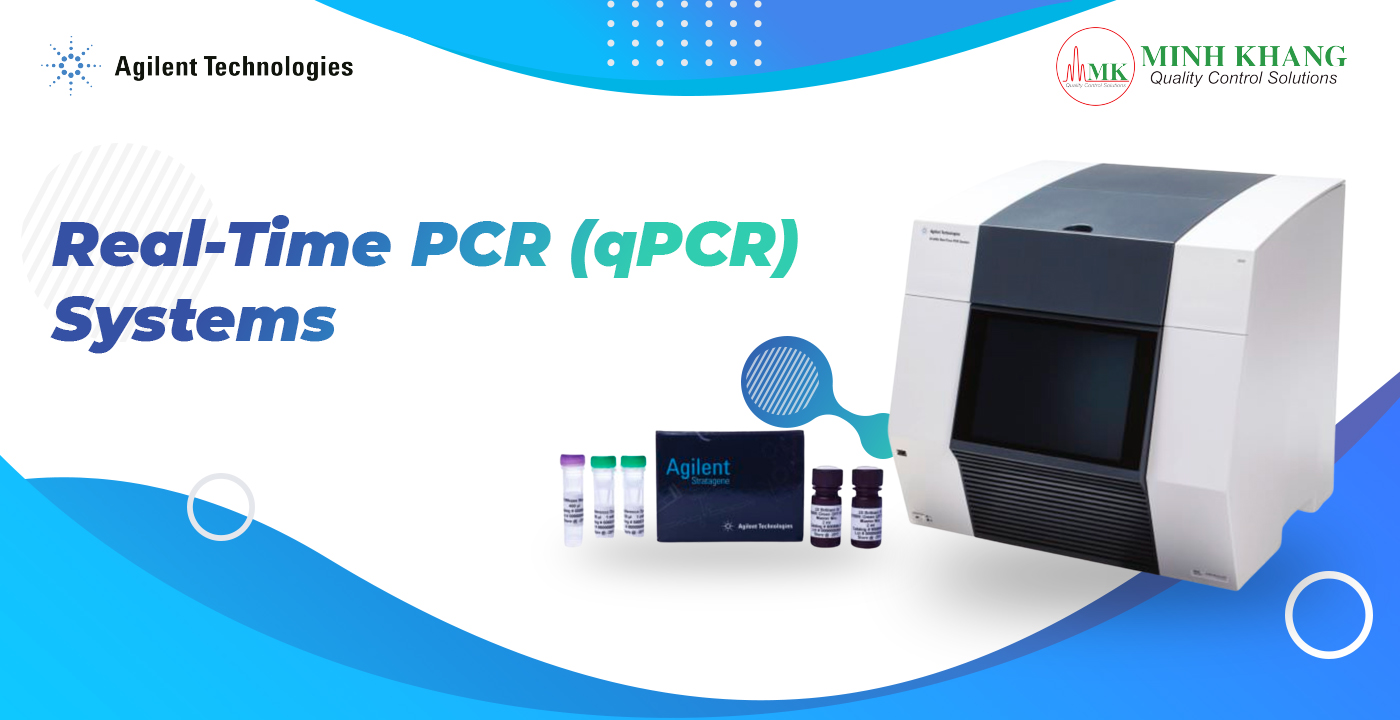
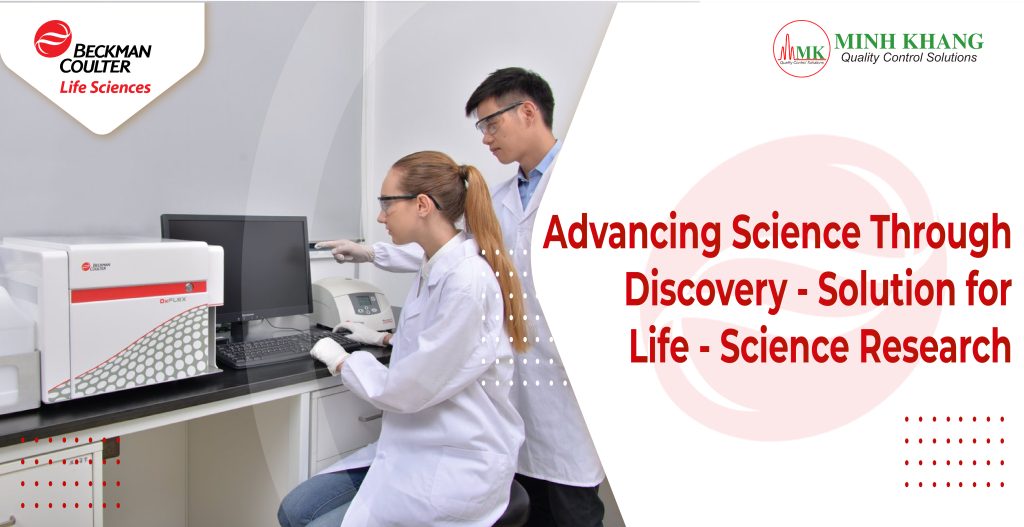
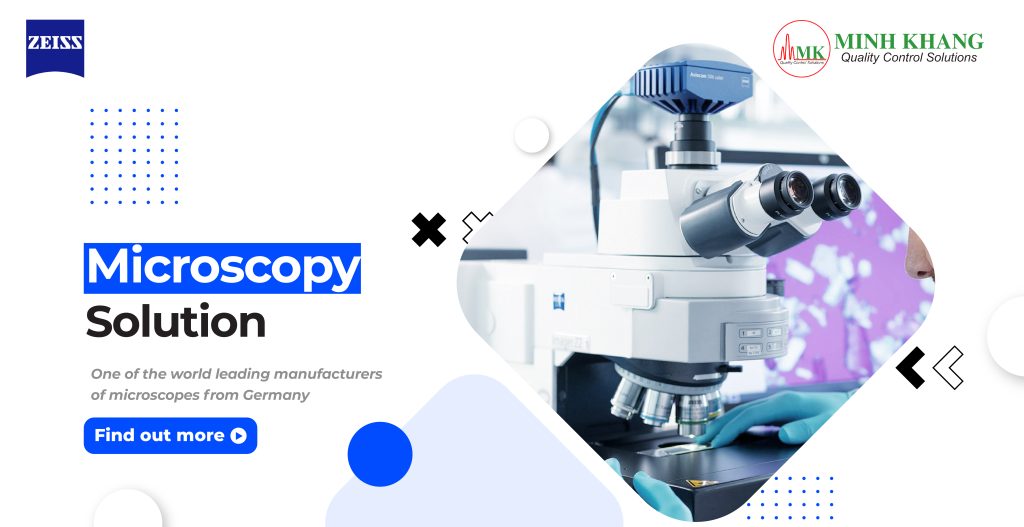

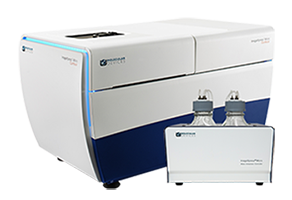




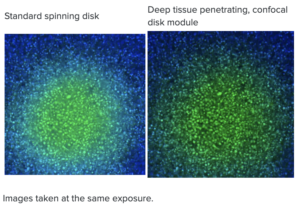















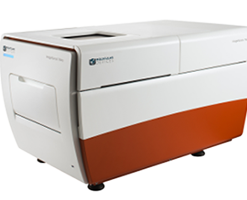
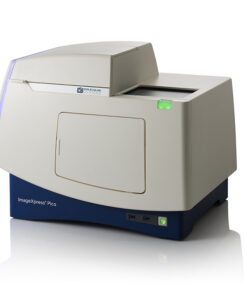
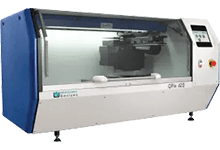
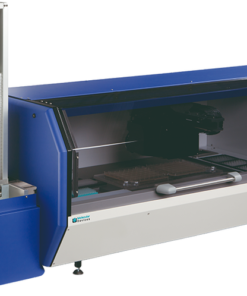

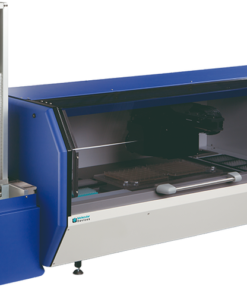

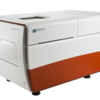
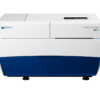

 VI
VI